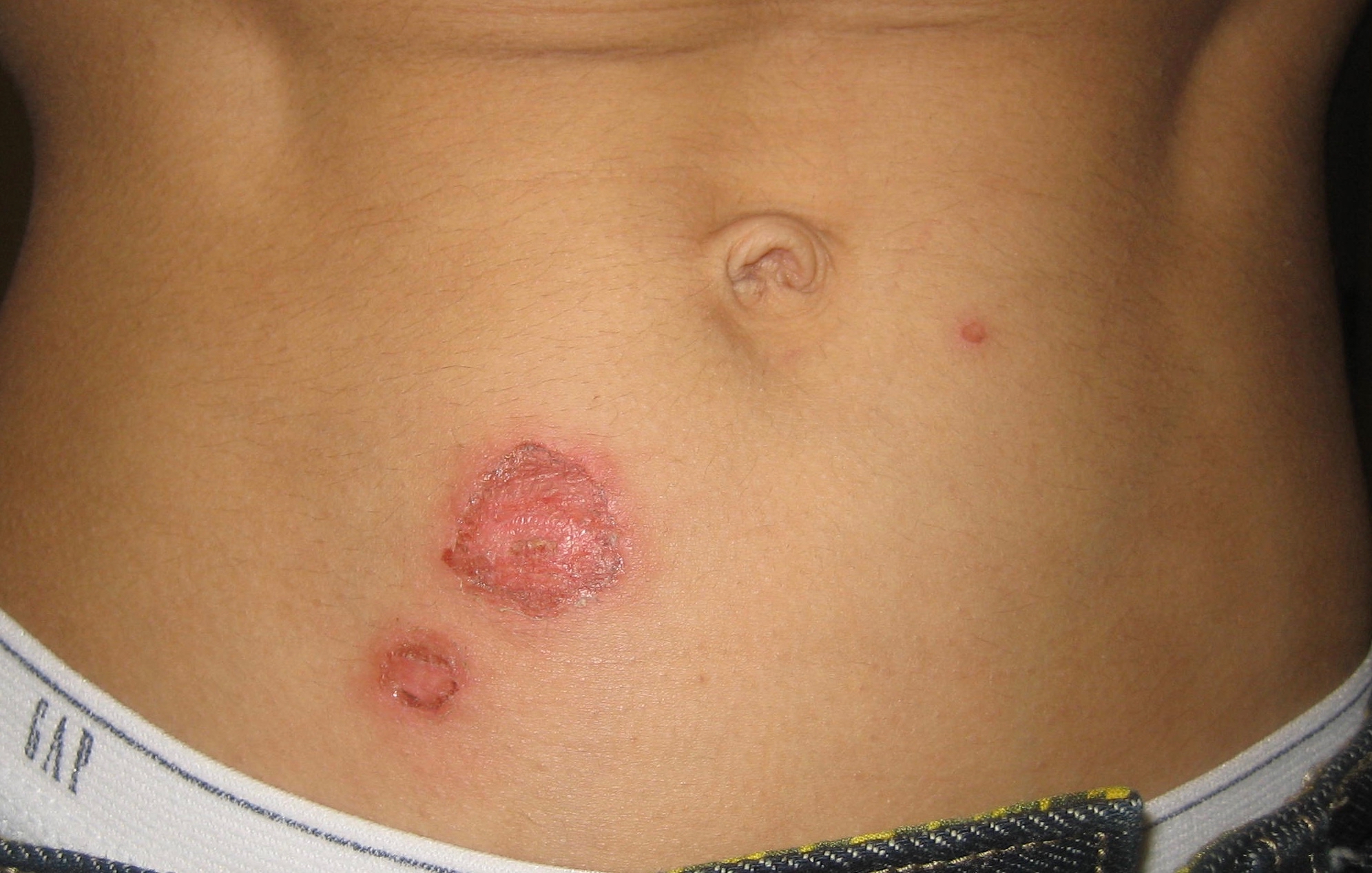What are the symptoms of a staph infection?
The symptoms of a staph infection depend on the type and severity of the infection. Staphylococcus bacteria can cause a wide range of infections, from minor skin issues to life-threatening conditions. Here are some common symptoms based on different types of staph infections:
1. Skin Infections
- Boils: Red, swollen, and painful lumps filled with pus, usually around hair follicles.
- Impetigo: A contagious, itchy rash with fluid-filled blisters that form a honey-colored crust.
- Cellulitis: Red, swollen, and warm skin that’s tender to the touch, sometimes with drainage.
- Staphylococcal Scalded Skin Syndrome (SSSS): Blistering and peeling skin, often seen in infants and young children.
2. Food Poisoning
- Nausea and vomiting.
- Diarrhea.
- Stomach cramps.
- Dehydration.
3. Septicemia (Bloodstream Infection)
- Fever and chills.
- Low blood pressure.
- Rapid breathing.
- Confusion.
4. Toxic Shock Syndrome
- High fever.
- Low blood pressure.
- Rash resembling sunburn, often on the palms and soles.
- Muscle aches.
- Vomiting and diarrhea.
- Redness in the eyes, mouth, and throat.
5. Bone and Joint Infections (Osteomyelitis, Septic Arthritis)
- Severe pain in the affected area.
- Swelling, warmth, and redness.
- Difficulty moving the affected joint.
6. Pneumonia (Lung Infection)
- Chest pain.
- Shortness of breath.
- Cough (possibly with phlegm or blood).
- Fever and chills.
7. Endocarditis (Heart Infection)
- Fever and chills.
- Fatigue.
- Heart murmur.
- Shortness of breath.
- Night sweats.
If you suspect a staph infection, it’s important to seek medical attention, especially if symptoms are severe, involve the bloodstream, or spread rapidly.
What are the causes of a staph infection?
Staph infections are caused by Staphylococcus bacteria, most commonly Staphylococcus aureus. These bacteria naturally live on the skin and in the nose of many healthy individuals without causing harm. However, infections occur when the bacteria enter the body through breaks in the skin, such as cuts, scrapes, or surgical wounds.
Common causes include skin injuries or breaks, which provide an entry point for the bacteria. Even minor conditions like eczema or insect bites can allow bacteria to enter and cause infection. Contaminated objects also contribute to the spread of staph infections. For instance, sharing personal items like towels, razors, or athletic equipment can lead to transmission, as can contact with surfaces in communal environments like gyms.
Close contact with an infected person is another common cause, especially in crowded settings. People with weakened immune systems, including those with chronic illnesses, cancer, or HIV/AIDS, are particularly vulnerable. Invasive medical procedures, such as surgeries or the use of devices like catheters and IV lines, can introduce bacteria into the body, making infection more likely.
Staph bacteria can also contaminate food when handled by an infected person, leading to food poisoning, particularly if food is stored improperly. Hospitals and healthcare settings are frequent sources of staph infections, especially for those with surgical wounds, medical devices, or compromised immune systems. Methicillin-resistant Staphylococcus aureus (MRSA) is a serious type of staph infection that often spreads in these environments.
Once inside the body, staph bacteria can multiply and cause a range of infections, from mild skin conditions to severe internal complications.
What is the treatment for a staph infection?
Treatment for a staph infection depends on the severity and location of the infection. Here are some common approaches:
1. Antibiotics:
- Topical Antibiotics: For minor skin infections, a topical antibiotic ointment (e.g., mupirocin) may be applied directly to the affected area.
- Oral Antibiotics: For more extensive skin infections or internal infections, oral antibiotics such as cephalexin, clindamycin, or dicloxacillin may be prescribed.
- IV Antibiotics: Severe infections, particularly those involving the bloodstream, bones, or organs, may require intravenous (IV) antibiotics. This is typically done in a hospital setting.
2. Drainage:
- Abscess Drainage: If the infection has caused an abscess (a collection of pus), it may need to be drained by a healthcare provider. This is often done under local anesthesia.
3. Wound Care:
- Keep the Area Clean and Covered: For skin infections, it’s important to keep the infected area clean and covered with a sterile bandage to prevent spreading the infection.
- Proper Hygiene: Regular handwashing and avoiding sharing personal items can help prevent the spread of staph infections.
4. Supportive Care:
- Pain Management: Over-the-counter pain relievers like acetaminophen or ibuprofen can help alleviate pain and reduce fever.
- Hydration and Rest: Preventing dehydration and getting adequate rest are important for recovery.
5. Treatment for Resistant Strains:
- MRSA (Methicillin-Resistant Staphylococcus Aureus): If the staph infection is caused by a resistant strain like MRSA, specific antibiotics such as vancomycin, linezolid, or daptomycin may be required. These cases often require more intensive treatment.
6. Follow-Up:
- Monitoring: Regular follow-up with a healthcare provider is crucial, especially for severe infections, to ensure that the infection is responding to treatment.
It’s important to consult a healthcare provider for an accurate diagnosis and appropriate treatment plan. Self-treating a staph infection can lead to complications, especially if the infection is severe or involves resistant bacteria.

Leave a Reply
You must be logged in to post a comment.